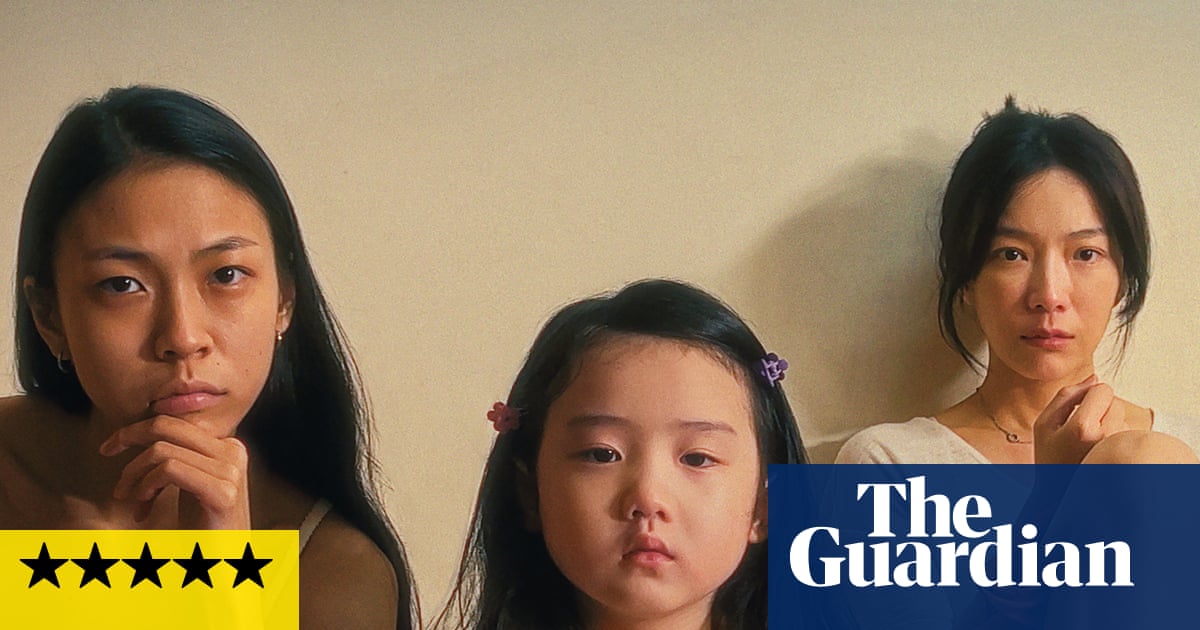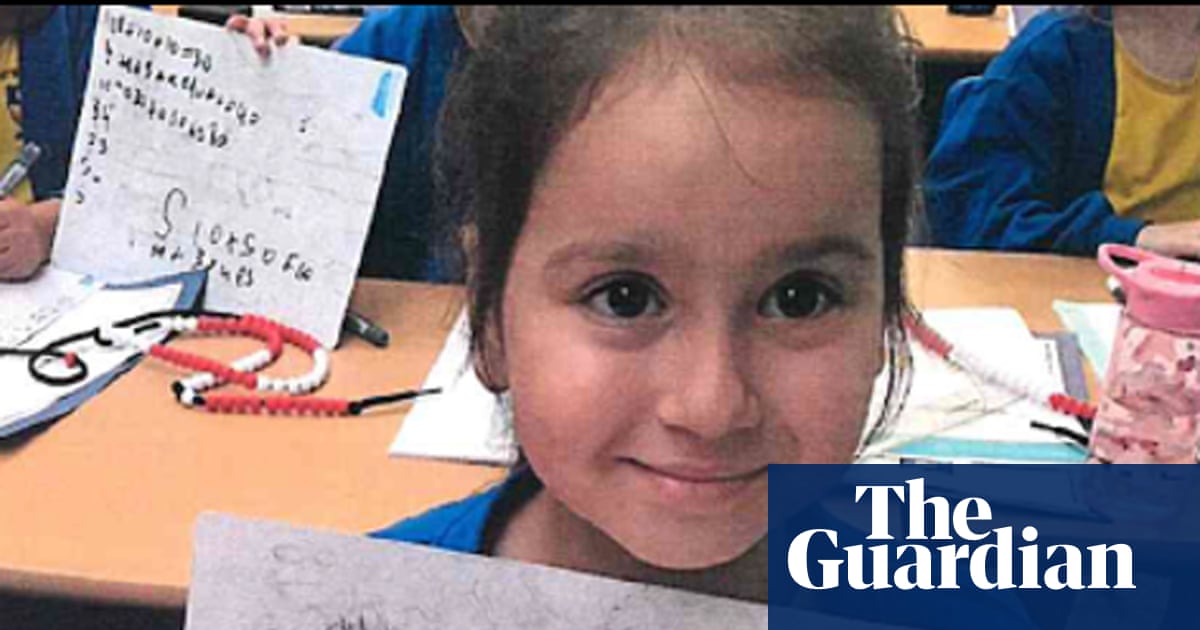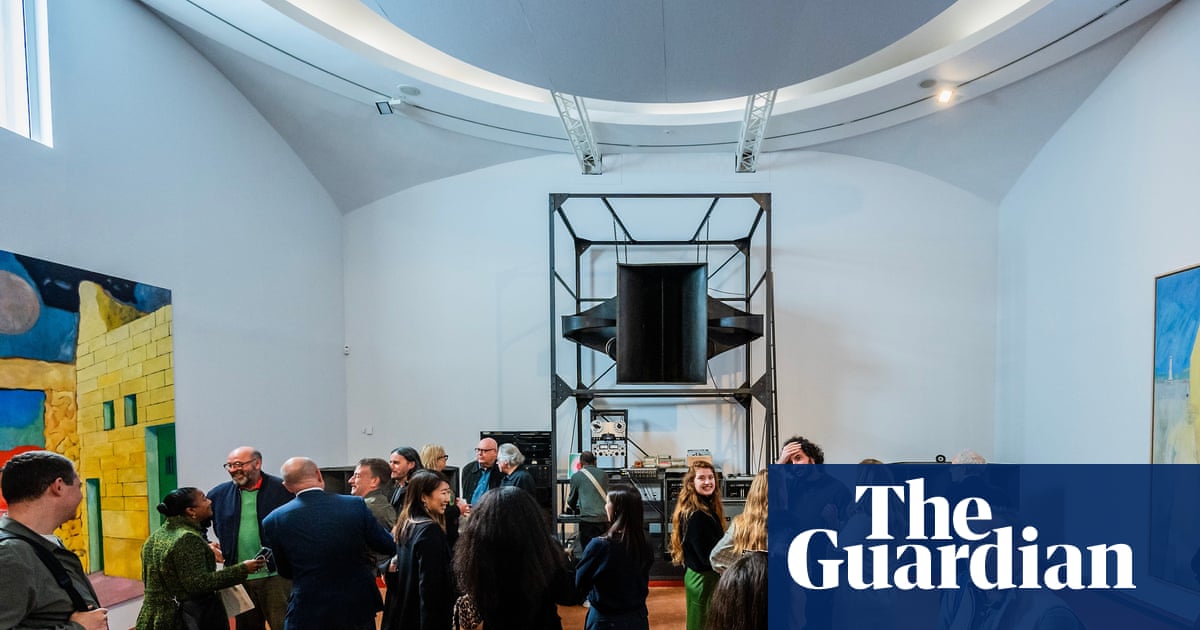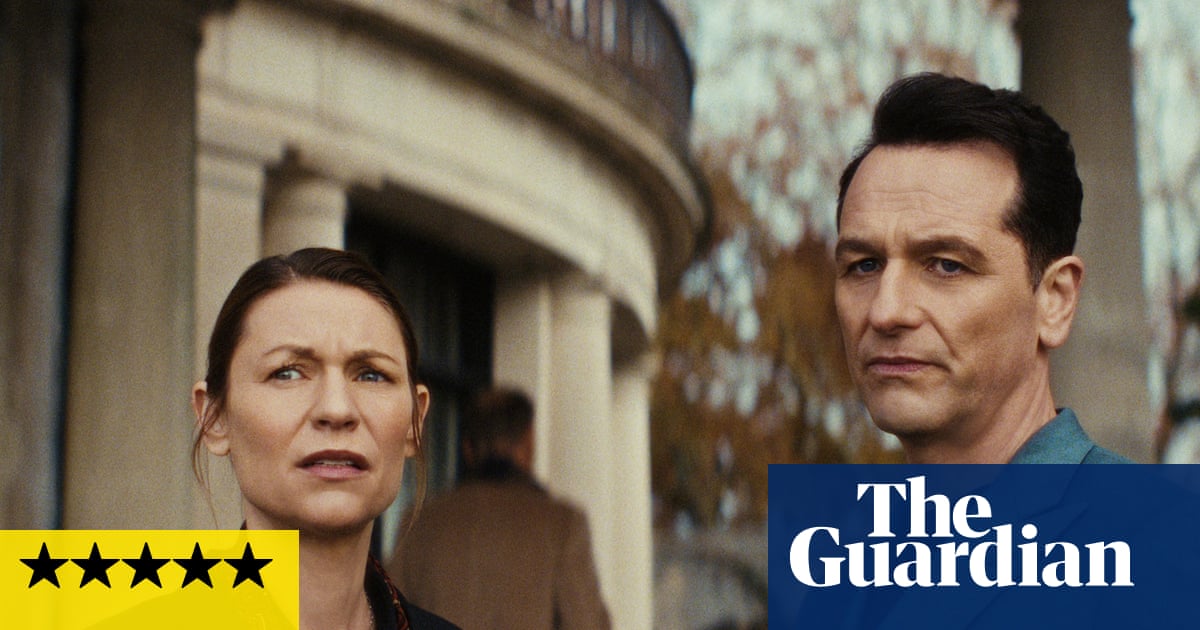Our cities are full of grey tower blocks built for efficiency rather than aesthetics. Public benches are made of cheap concrete, pavements are falling apart, old structures are left derelict. Amid this backdrop of unloved, muted ugliness, a new wave of guerrilla mosaicists are enlivening their cities with beautiful, colourful designs.
These artists rarely get official sign-off for their work. The legality of their art can be murky, with one of the medium’s more prolific artists, Will Rosie, calling it “Permission-vague street art” (His book is aptly named Mr Mosaic: Unarrestable). Rosie installs Mr Men and other cartoon-inspired mosaics around Southampton, where he lives. He encourages volunteers to assist him with projects to make the art form more accessible. “People are bored and missing community,” the 52-year-old youth worker says. “I want to make the city a better place, and people can see that. And they love that I’m doing it without permission because it’s like: ‘Stick it to the man, you ain’t got no power over me, coppers!’”
What makes these installations so joyful is their element of surprise. “You walk down a grey street and suddenly there’s an explosion of colour,” says Ememem, an anonymous Lyon-based artist famous for their “flacking” work, which involves using materials such as fragmented ceramic, marble and wood to install intricate geometric tiling in cracks on the ground. “It’s a repair, but also a poetic gesture,” he says. “In a time when we throw away and replace everything, the idea of repairing touches something deep.”
In a similar vein, Chicago artist Jim Bachor uses glass and marble to create installations on potholes. His works depict humorous takes on modern life – or make political statements (one of his tiles, outside Chicago’s Trump International Hotel, reads “Liar”). Bachor loved the durability of mosaics and soon realised he could use the technique to fix the seemingly unfixable potholes outside his house: “Everyone hates potholes. And so sometimes the [mosaic] subject matter is what I call ‘universal loves’; everyone likes ice-cream, flowers, junk food … There’s that nice contrast – it’s unexpected joy.”
A mosaic can inspire wonder and joy; it can also build community. Tessa Hunkin, leader of the Hackney Mosaic Project, has been bringing people with mental health and addiction problems together to create murals around east London since 2012. “A lot of people carry a huge burden of shame,” says the 71-year-old. “They feel they’ve messed up their lives. It’s great for them to have something to be proud of and to show their families.” Her new book, Tessa Hunkin’s Hackney Mosaic Project, showcases these colourful installations, often featuring detailed motifs of plants, animals and historical figures. “Walking through the city is endlessly interesting, and the more interesting things that you can add, the more fun the city becomes,” she says.
Another London mosaic artist who goes by the name of Florist once received 300 hours of community service for graffiti as a teenager. He stopped soon after, but his love of art was rekindled when, nine months ago, he began installing pixelated designs on buildings he considers eyesores. “To come back full circle and do it now is quite a beautiful thing for me, because it was always what I loved. I was obsessed with colour and shapes.” His work features his pseudonym Florist alongside 8-bit-style flowers, made out of glass – “because it dances in the sunlight”.
After living in Greece for 15 years, where the streets are embellished with ancient mosaics, Helen Miles now sees her work as a way to bring beauty to Edinburgh – and as a form of meditation. Like many mosaicists, it takes Miles hours to produce installations showcasing plants and birds using traditional methods she learned in Thessaloniki. “I love that a small mosaic in an unexpected place will catch the eye and make people notice and hopefully lift their spirits,” the 62-year-old teacher said. It’s good for her spirits, too. “When I don’t make them, I become out of sorts and rather grumpy!”
Meet the mosaicists: six designs from across the world
Jim Bachor – Paris Street; Rainy Day, Chicago, 2025 (main picture)
For this intricate pothole installation based on Gustave Caillebotte’s 1877 oil painting, Bachor used Italian glass, making it very expensive but also very colourful. “It’s the absurdity – I just love the idea that someone would spend that much time and money on a piece in the middle of the street.”
Florist – Bench Old Street, London, 2025

“I wanted to lighten up the space,” Florist says of this mosaic in London’s Old Street. “You have this beautiful hotel called Art’otel, which is about art. You have this area that’s so culturally rich with various subcultures. And then you have this bench – I just wish they’d put a little bit more time and effort into it. The art there demonstrates how colourful and wonderful something can look.”
Ememem – Grenade crater, Mostar, 2024
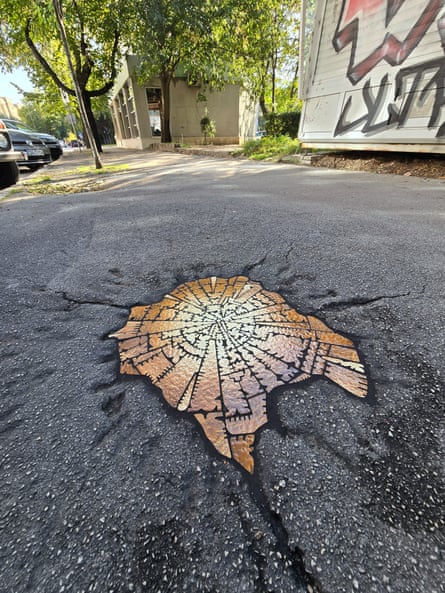
This flacking installation repaired one of many craters caused by grenades from the Bosnian war. Ememem reused tiles found on Sarajevo streets. “I wanted to not only restore dignity to a damaged space, but also keep alive the memory of what happened, so that the mistakes of the past are not repeated,” he says.
after newsletter promotion
Helen Miles – Alley near Holyrood, Edinburgh, 2024

“The mosaic was made in response to the atrocities in Gaza,” Miles says. She took inspiration from the Mona Lisa of Galilee mosaic in Sepphoris. “By creating a mosaic of a woman wearing an Islamic headscarf, I am asserting her place in that land.”
Will Rosie – Mr Hope, Itchen Bridge, Southampton, 2020
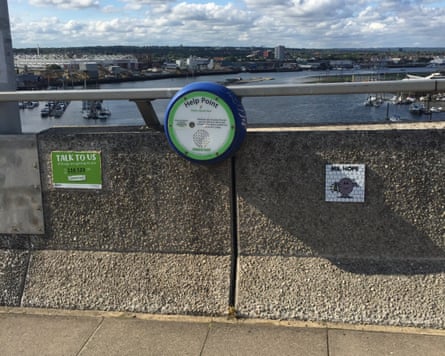
“Itchen Bridge is where people go when they feel they are out of options,” says Rosie. “So I designed Mr Hope with his little lantern, waving and cheerful.” Rosie installed this piece with a friend who had contemplated suicide a couple of years earlier.
Tessa Hunkin – Shelter in children’s playground, Hackney Downs Park, London, 2014
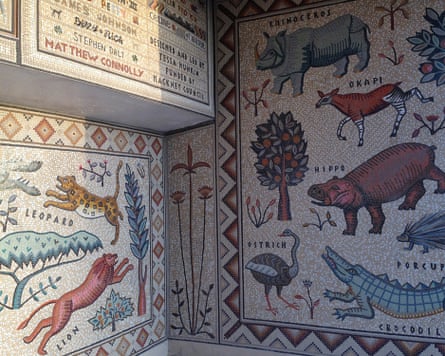
In the face of growing gentrification in Hackney, Hunkin says this nine-month project “was a way of bringing people together, breaking down barriers, and giving people a shared thing to work on and be proud of”. She labelled the animals because “it’s common in Roman mosaics to incorporate lettering into the designs, and I thought it might be a nice way for children to practise reading.”

 2 hours ago
6
2 hours ago
6
